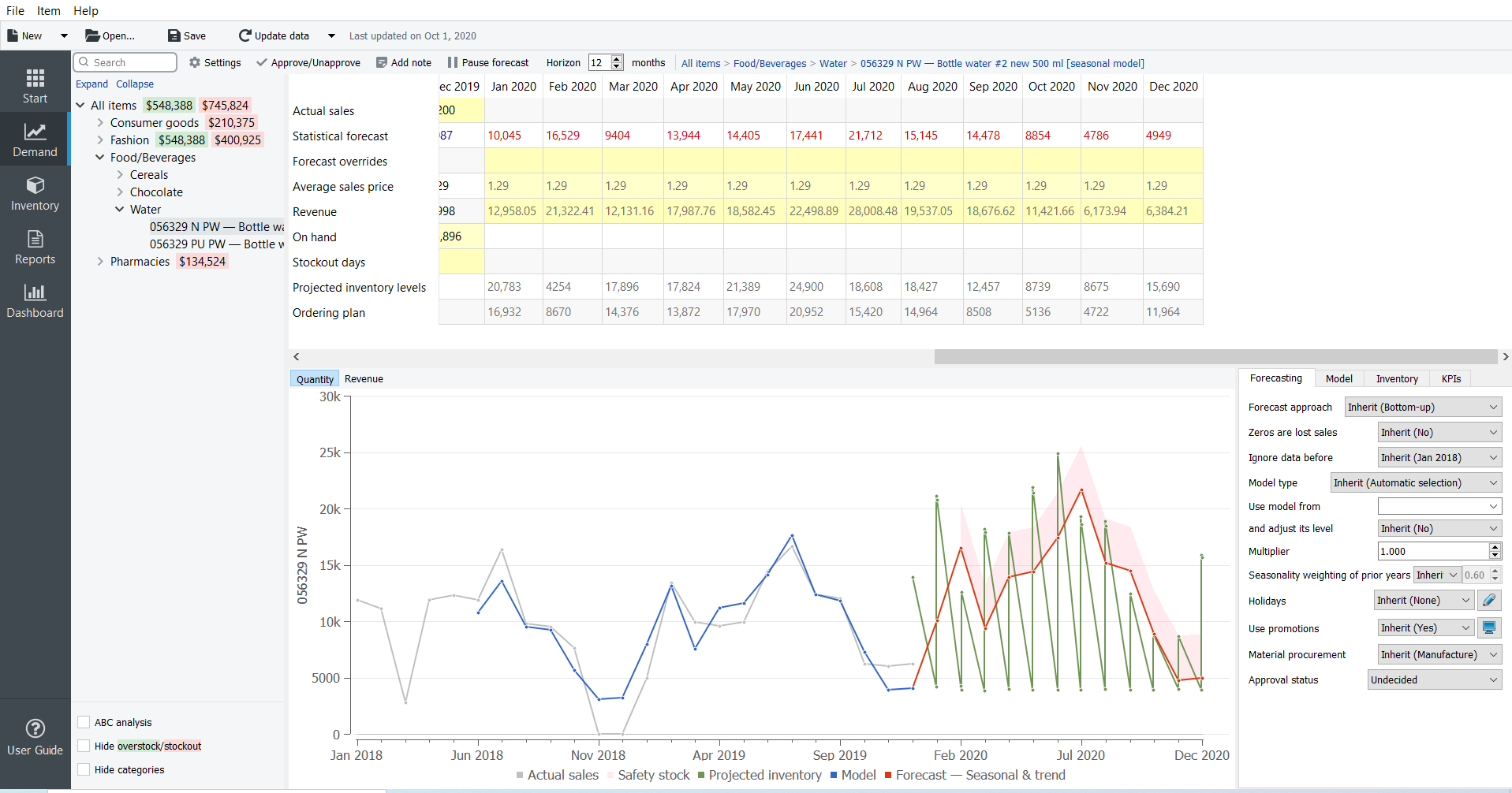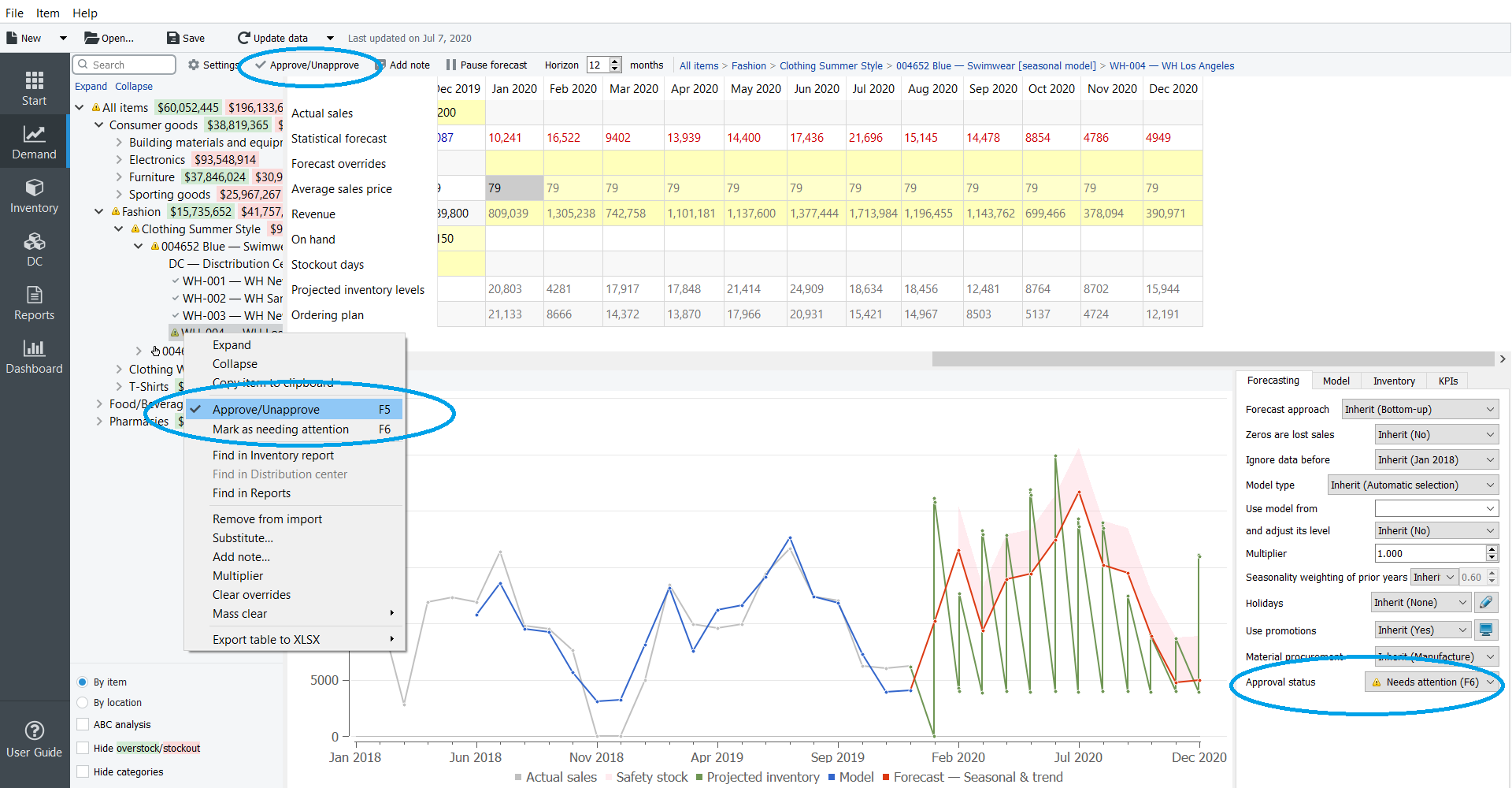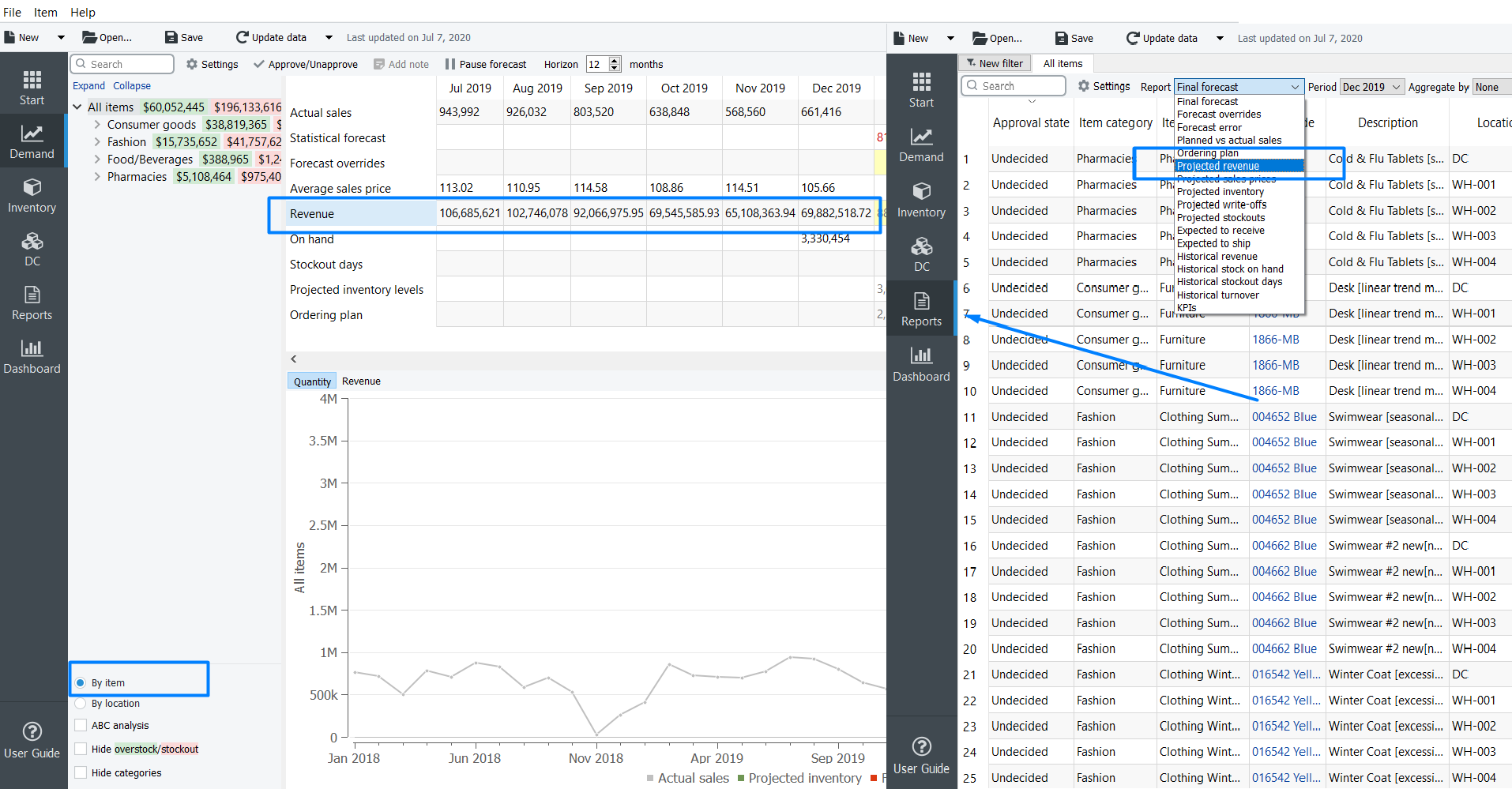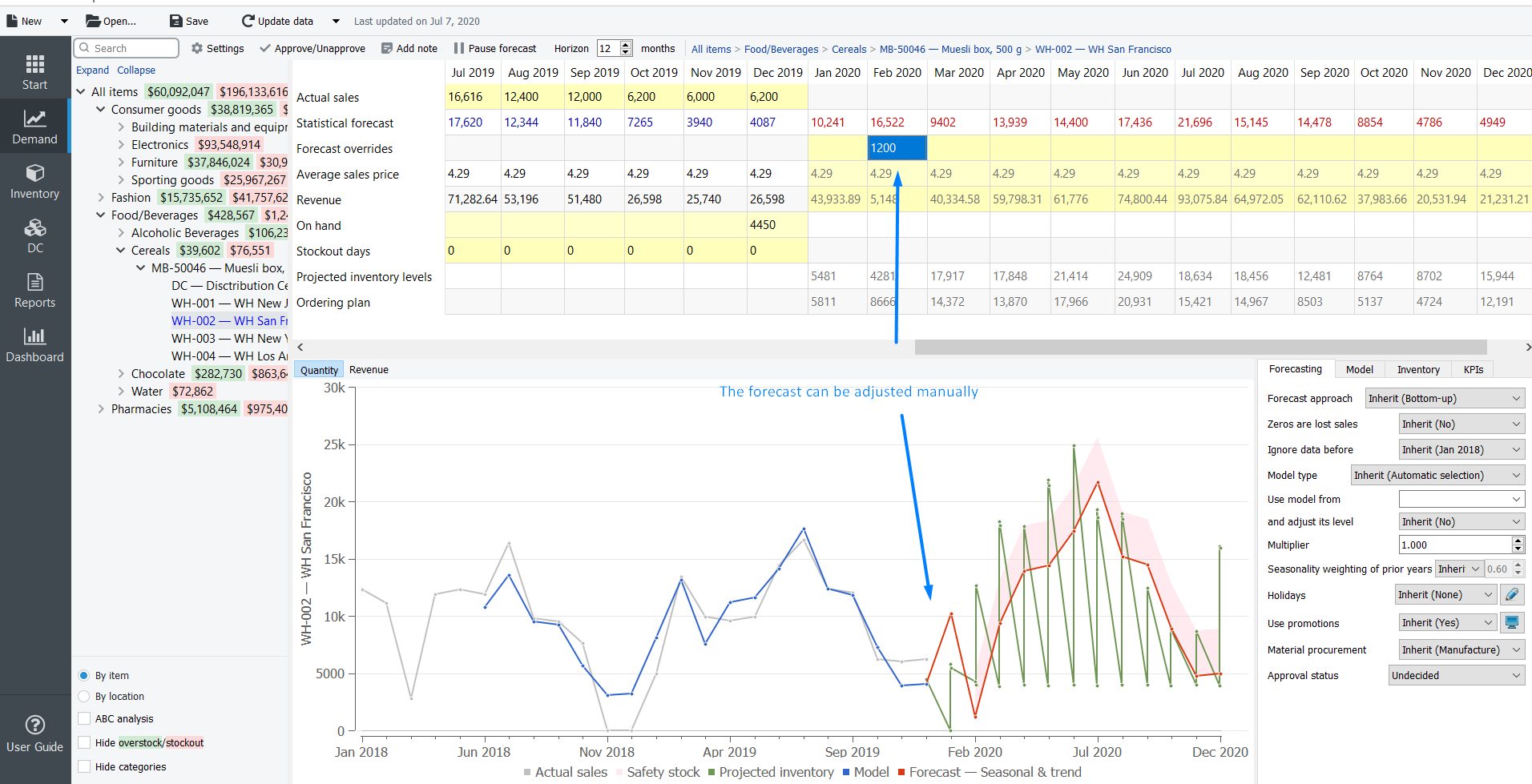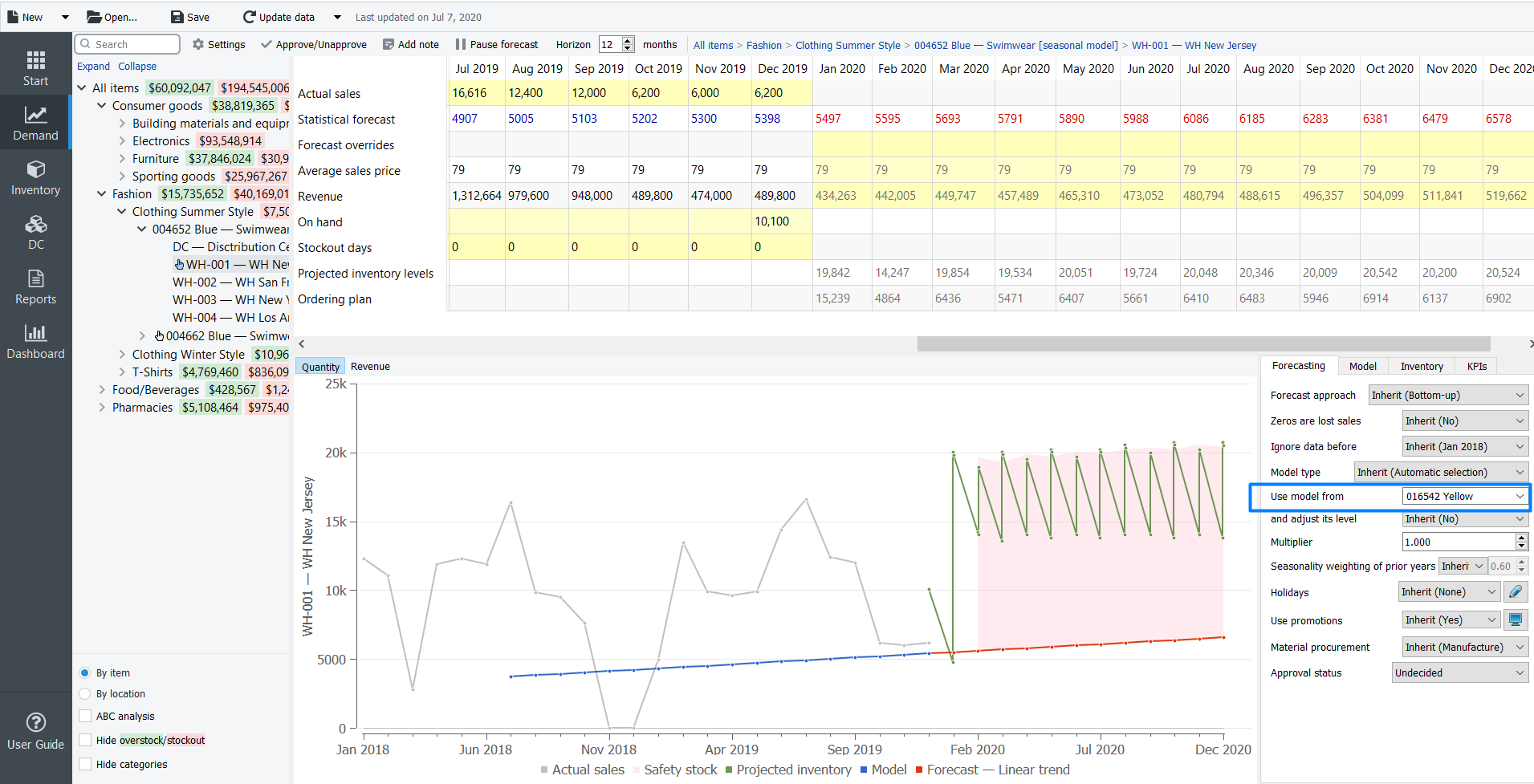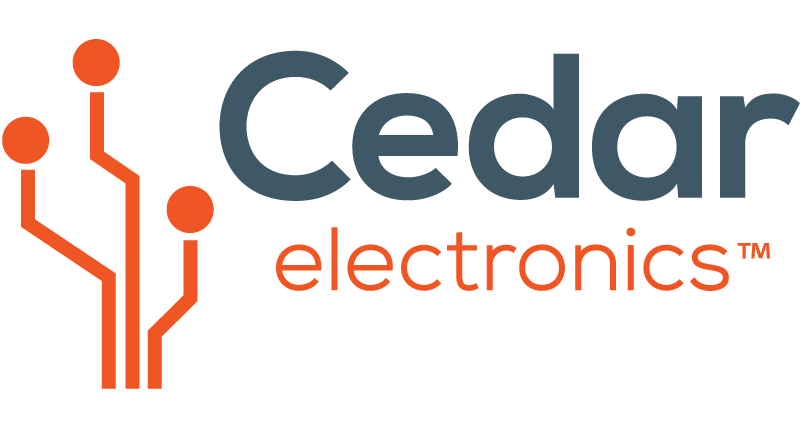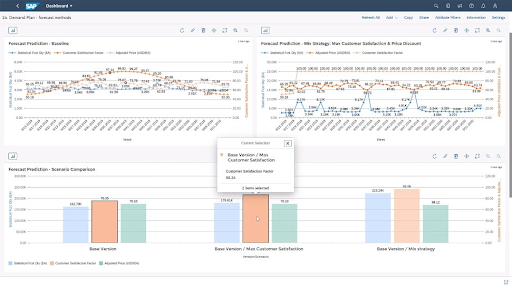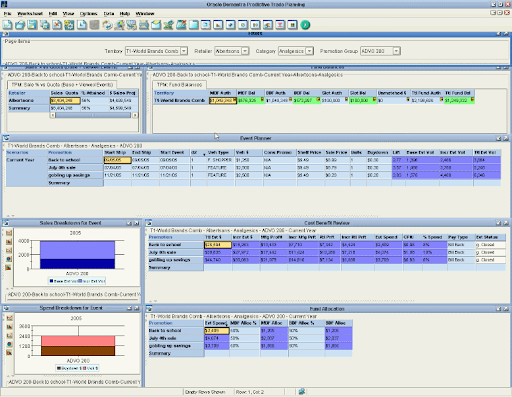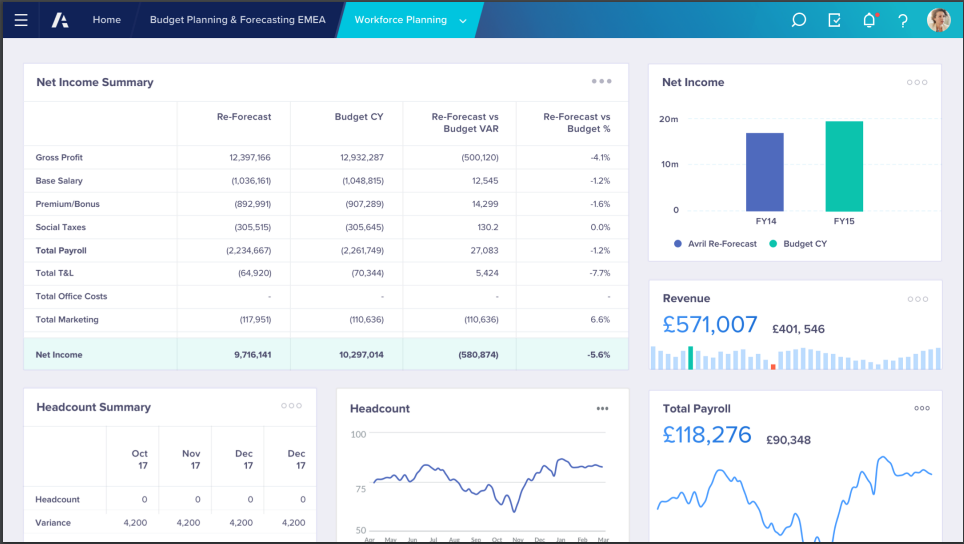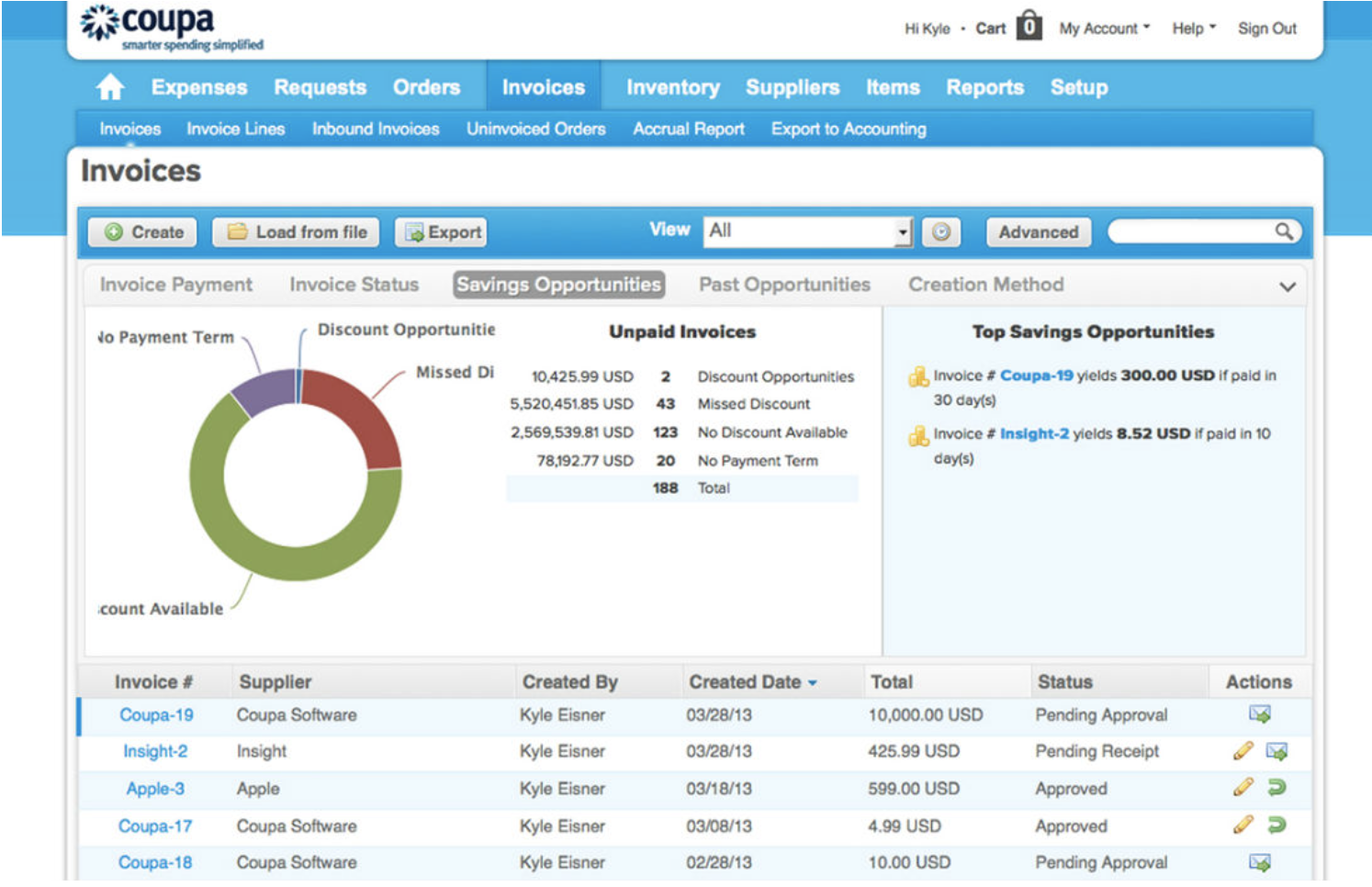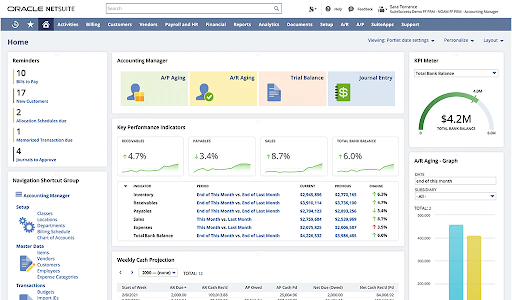10 Best Demand Planning Software with AI in 2024

1. Streamline 👈 Our choice for 2024
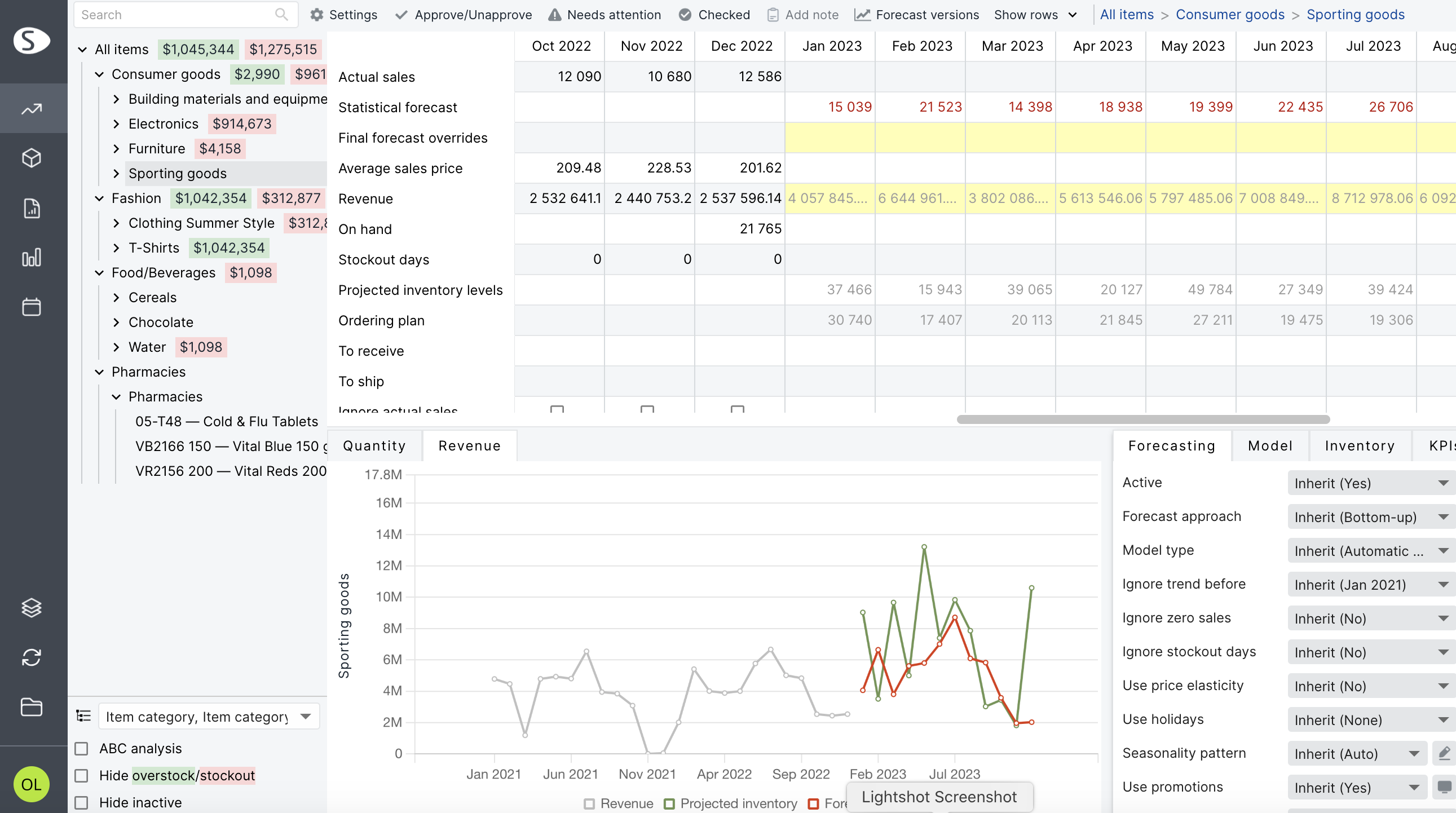
Overview: Streamline is the market-leading provider of Demand Planning Software Solution for midsize and enterprise businesses.
Headquartered in New York, Streamline has hundreds of implementation partners worldwide and thousands of enterprise customers who rely on its AI-powered platform to forecast, plan and order their inventory. The platform helps manufacturers, retailers, wholesalers, and distributors to grow efficiently, thereby increasing their profits.
Pros:
- A wide range of advanced features and customizations.
- Fast implementation and support.
- Connects to multiple data sources.
- Helps achieve 99% inventory availability.
- AI-powered forecasting.
- Reduces out-of-stock by up to 98%.
- Cuts excess inventory by up to 50%.
- Reduces planning time by up to 90%.
- Provides the best ROI.
Cons: Some features may have a learning curve.
Platform: Web browser.
Deployment options: Cloud or On-premise.
Market Segment: Midsize and Enterprise businesses.
“If you are using Excel spreadsheets for Demand & Supply planning, move quickly to this software that will certainly make your planning much more efficient, capitalize benefits very fast, and make your life much easier.”
Benefits of the Streamline’s demand planning solution:
1. Fast and intuitive user interface
Streamline software is efficient and effective. Therefore you can concentrate on long terms goals and business development.
2. Seamless integration of company data sources
Bidirectional connectivity allows you to pull in data from your sales system into Streamline, as well as automatically export the forecasted order information back to your ERP system.
3. The smooth and fast implementation process
A successful implementation requires the coordination of many variable factors. The Streamline team is well aware of the gamut of sales and ERP systems available on the market nowadays. Thus, they will make sure you and your team are ready to go on promptly.
4. The ideal fit of the business process in your company
Demand Planning Software needs to be aligned with your business goals and all of your company’s other processes.
There are many factors to consider when choosing the Demand Planning Software system for your company. These might include the total cost of ownership of the selected solution, reliability, high-quality support, and finally, your ability to evaluate all features before making the decision.
5. Syncing ordering dates across SKUs
What do you do if your Min/Max replenishment strategy built-in into the ERP system throws a purchasing signal for one SKU, but other SKUs of the same supplier do not need replenishment yet? Min/Max ordering signals come per item while businesses issue purchase orders per supplier. So you either ignore the alert and have a shortage later or purchase a full container excessively. As opposed to ERP methods, Streamline raises purchasing signals per supplier. Streamline software predicts all purchasing signals during the next order cycle via a discrete-event simulation and purchases beforehand to have a smooth purchasing process with constant order cycle, or purchasing full containers (order cycle is variable), or EOQ.
6. Replacing formulas with Discrete-event simulation
Inventory replenishment is based on calculating future inventory levels during the next lead time and sometimes beyond that. That means your formula needs to account for numerous upcoming consumption and replenishment events. Sometimes it’s doable, but once you start dealing with event schedules like a shipment schedule or multiple orders in transit Excel gives up almost immediately.
While our competitors usually simplify calculations without colliding events realistically, Streamline creates a timeline with a one-day resolution and puts all schedules onto the timeline. Then Streamline executes the event sequence giving us the most accurate information about the company’s inventory levels with one-day precision. Sometimes it’s just a more precise method compared to replenishment formulas, but in many cases, it’s the only way to accommodate for the real-world supply chain complexity.
7. Using AI (Artificial intelligence) to forecast demand
Estimating seasonality, price elasticity, or top-down forecasting is not enough nowadays. Market changes very dynamically, and it’s hard to predict if your history of sales is yet relevant enough to the current situation and can be used to extrapolate into the future. That’s an area where we use our proprietary AI, so we only apply time series forecasting techniques, predictors, and level changes if AI says it’s appropriate to apply – just like if you are keeping an eye on every SKU every day.
8. Group EOQ (Economic order quantity)
Are you using EOQ in your work? If not, it is worth giving EOQ a closer look as this inventory planning concept significantly reduces your holding and ordering costs. Unfortunately, classic EOQ is calculated per SKU and not a group of SKUs. In a real-world supply chain, purchase orders contain several SKUs, if not hundreds. While Streamline supports classic EOQ calculation, it also offers group EOQ that goes far beyond the traditional approach making EOQ applicable to purchase orders with groups of SKUs.
That becomes possible thanks to the ability of Streamline to sync the order date for a group of items. Then Streamline moves the synchronization barrier back and forth to find the best order cycle for the group of SKUs and automatically minimizes the combination of holding and ordering costs.
Price: Request pricing.
Demo: Get a demo.
Demand planning in Streamline
Let us take a closer look at Streamline features specific to demand planning:
- Accurate Demand Forecast
- Forecast Approval System
- Revenue Planning
- Flexible Manual Adjustments
- New Products Forecasting
Get a demo with Streamline experts to see how you can improve the demand planning process in your company.
Too much manual work in Excel?
See what Streamline can do for you
- 99+% inventory availability.
- Up to 99% forecast accuracy.
- Up to 98% reduction in stockouts.
- Up to 50% reduction in excess inventory.
- 1-5 percentage points margin improvement.
- Up to 56X ROI in one year. 100% ROI in the first 3 months.
- Up to 90% reduction in time spent on forecasting, planning, and ordering.
Watch the demand planning capabilities video
Learn and see in action the key features and benefits of GMDH Streamline software.

Global Headquarters
| 55 Broadway, 28th floor |
| New York, NY 10006, USA |
